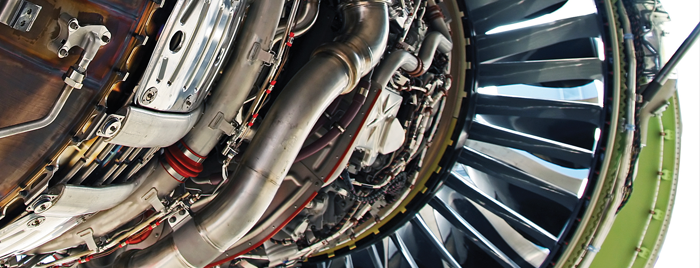For all the different moving parts that go into mechanical engineering systems, the gas turbine is a relatively simple design: a large rotor fitted with vanes is made to revolve by a fast-moving gas flow. Perhaps then it could be expected that something as innocuous as dust can cause significant problems with the operation of these machines that provide propulsion for jet engines and power plants. A team of researchers at Ohio State University are studying and modeling the deposition of particles on turbine passages to inform more reliable turbomachinery designs.
“Many of these questions are difficult to answer in the lab, so we simulate these phenomena,” said Ali Ameri, a research scientist at Ohio State’s department of mechanical and aerospace engineering.
Ameri and his team from Professor Jeffrey Bons’ lab, use the Ohio Supercomputer Center to run engine simulations using ANSYS FLUENT software as well as software that the team has written.
Most engines are powered by combustion of fuel, usually petroleum or coal-based. The fuel is run through a high-pressure combustor, creating hot gas that flows at high speeds to rotate the turbine generating power. This power can be used to propel an airplane or generate electric power. The hot gas may contain particles of dust or ash, which can build up on the turbine blades and roughen them, increasing the heat transfer within the engine. These same particles can become lodged in cooling passages as well, interrupting the engine’s ability to regulate internal temperatures and cool the turbine blades.
Using high performance computer simulations and software, Ameri and his team study everything from engine temperature and pressure to particle type and size to predict the most likely location of particle deposition within the turbines. Their work is helping to create more efficient engine models and designs that are less susceptible to the effects of unavoidable dust particles. While multiple iterations of their research have been published, their work is far from complete.
“It is ongoing work. As we learn what types of activities might affect the deposition, we include them in our models” Ameri said. “We are coming closer and closer to simulating this activity very well.”
Project Lead: Ali Ameri, Ph.D., The Ohio State University
Research Title: Effect of hot streaks on ash deposition in an uncooled turbine vane passage
Funding Source: U.S. Department of Energy
Website: mae.osu.edu/people/ameri.1

